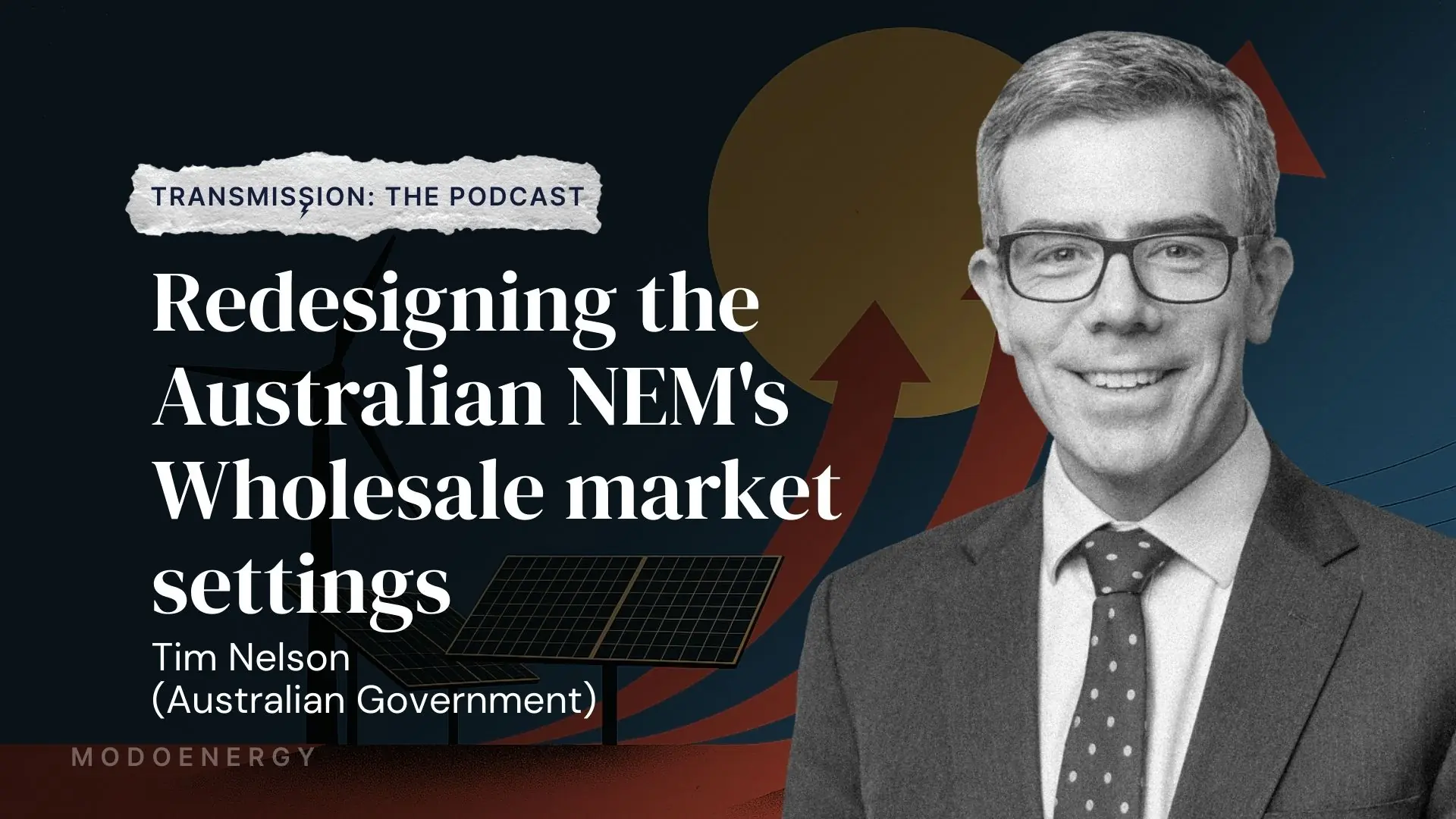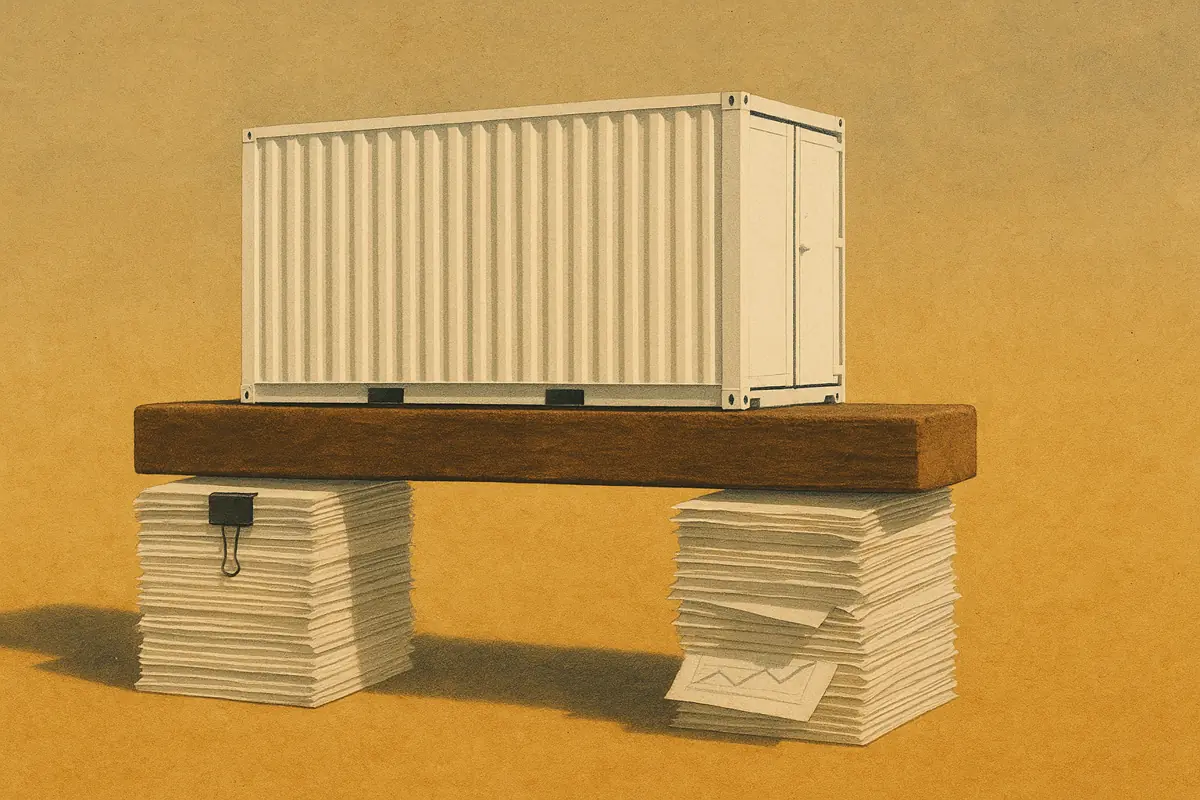On Friday 17th February, National Grid ESO held a webinar to update market participants on the Enduring Auction Capability. This is the new auction platform for frequency response and reserve services.
In this article, we run through the main highlights of the session.
Give me the headlines!
- The Enduring Auction Capability - the new platform for bidding and procuring ancillary services - will arrive in September 2023.
- At first, it will host the auctions for the Dynamic frequency response suite.
- This will introduce the ability to co-optimize bids and stack different services.
- It will also permit negatively-priced bids and update the performance monitoring methodology to account for this.
What is the Enduring Auction Capability all about?
- Forget the name - this is about how participants bid for ancillary services contracts from National Grid ESO.
- Participants currently submit bids for the Dynamic frequency response services (Dynamic Containment, Moderation, and Regulation) through an online platform hosted by EPEX.
- National Grid ESO has been developing its own platform to host bidding. This will replicate the existing functionality for current services and host bidding for new services as they arrive. National Grid ESO will also introduce changes to improve how auctions are run.
- This is what it is calling ‘Enduring Auction Capability’. It is a single platform to host bidding for current and any new ancillary services in the future.
- National Grid ESO intends to launch the new platform in September 2023 - initially for the Dynamic frequency suite but also for Quick and Slow Reserve in the following months.

Co-optimization and stacking (or splitting)
- The Enduring Auction Capability will enable the co-optimization of bids via ‘baskets’. This means providers can provide bids across multiple services acting in the same direction (High or Low) - currently, bids have to be mutually exclusive.
- In the new platform, participants will also be able to stack different services, even in the same direction, which is currently not allowed. Participants can also ‘split’ their battery’s megawatts so that constituent megawatts can participate in different services. Initially, it will be for the three Dynamic frequency response services only. Figure 2 shows the stacking combinations that will be available when the platform is launched.
- There will be complexity. Providers will be able to submit 25 ‘baskets’ per unit per day, in which one parent and multiple child (and substitutable child) bids are possible. Take a look at Figure 3 below for an illustration of how this could work. Full details on the sell-order design can be found here.
- When stacking services in the same direction, response times must follow that of the fastest service. For example, if stacking Dynamic Containment Low and Dynamic Regulation Low, both services would need to follow the faster response times of Dynamic Containment.
- This will extend to performance monitoring, which will be assessed against the same criteria.
Key takeaways
- The proposed changes will introduce a lot of new complexity to the bidding and delivery of Dynamic frequency response services.
- We expect most operators and optimizers will need to change their automated bidding and battery control software to account for this.


Negative price bids and performance monitoring changes
- The Enduring Auction Capability will introduce the ability for providers to submit negatively-priced bids. These are currently limited to a minimum price of zero.
- We previously discussed why providers might want to do that here, particularly in the Dynamic Regulation High service.
- The introduction of negative pricing will also force a change to performance monitoring. The current methodology sees no penalties at zero price. With negative prices, it would mean being paid for any penalties, so a change of rules is needed!
- The new methodology will see an offset in the calculation so that performance penalties always result in a revenue penalty.
Key takeaways
- Negatively-priced bids will overhaul the market for high-frequency response services, especially Dynamic Regulation High.
- Changes to performance monitoring methodology may force providers to rethink their pricing, especially whether they are willing to provide services at very low prices.
What’s next for the Enduring Auction Capability?
- National Grid ESO will release a consultation on the new platform and proposed changes in March - but they are seeking feedback before then. Email box.futureofbalancingservices@nationalgrideso.com to share your thoughts.
- Trials of the new platform and bidding functionality will begin in July. Expect mock auctions - we’ll keep you posted!
- National Grid ESO will look at updating the state of charge management guidance for stacked services.
- We will dig into these topics in detail to provide further guidance on the changes - please get in touch with any questions you may have!







